
Old statues exhibited at the ruins of Kaisáreia
| To Duval Family Home Page | Asia | |
| To Chris Home Page | Yisra'el, Lubnān, al-Urdun, the Ghazzah Strip and Sūriyya | |
| To Earth (Geography Home Page) | Yisra'el, Lubnān, al-Urdun, the Ghazzah Strip |
Καισάρεια (Kaisáreia, also called Caesarea), and formerly called قيسارية (Kaysārīa), is a former city located on the Mediterranean cost of northwestern ישראל (Yisra'el or Israel). It rose to prominence when Rhomania (the Byzantine Empire) made it a provincial capital, and remained important under the Persians. Its relative standing declined thereafter. The town was abandoned, leaving only a fortress, when the Crusaders conquered the area, and the area was uninhabited from the 13th to the 17th century, when a village was founded. That village declined by the end of the 17th century but another was founded in the 19th century, and in turn abandoned in the 20th. A modern town was built later in the 20th century.
| Year | Population | Political entity |
| 361 CE | | Rhomania (Romania, or the Byzantine Empire) | |
| 500 CE | 50,000 | Rhomania (Romania, or the Byzantine Empire) |
| 622 CE | 60,000 | Eranshahr (Sassanian Empire) |
| 800 CE | | al-Khilifah al-Abbasiyyah al-Islamiyyah (Abbasid Empire) | |
| 900 CE | | al-Misr (Tulunid Egypt) | |
| 1000 CE | 40,000 | al-Fatimiyyun (Fatimid Empire) |

Old statues exhibited at the ruins of Kaisáreia
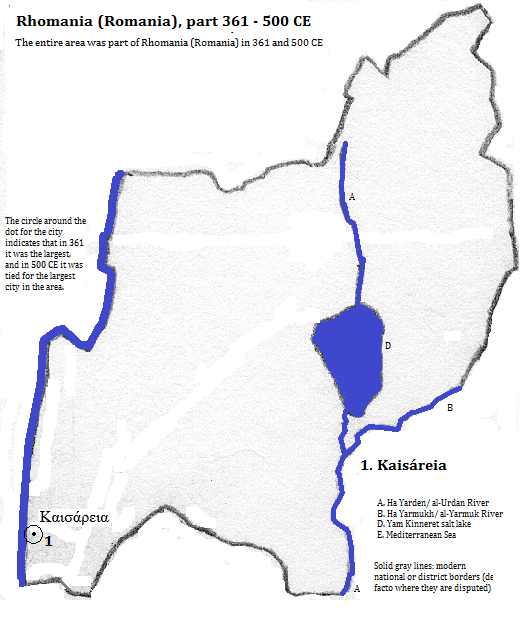
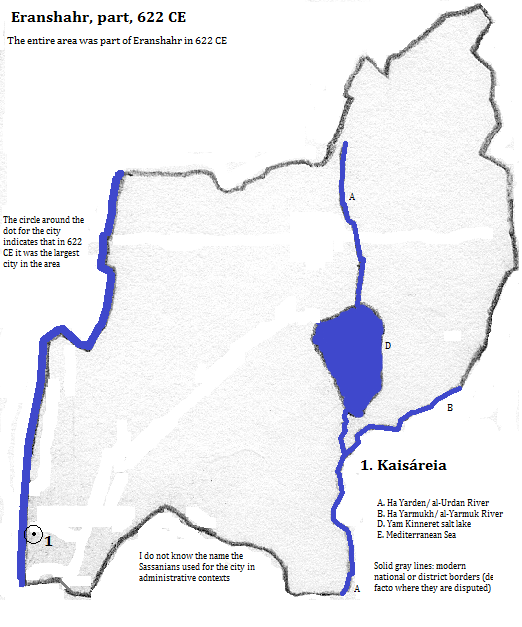
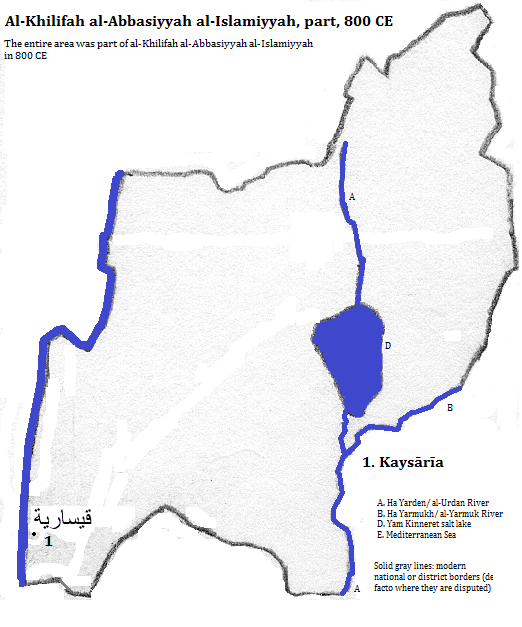
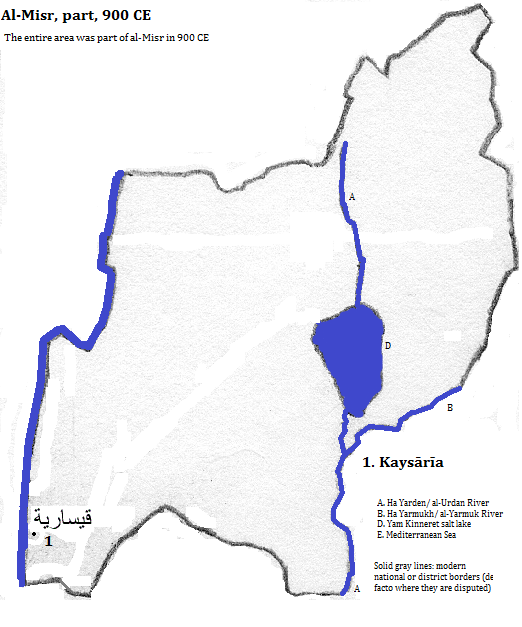
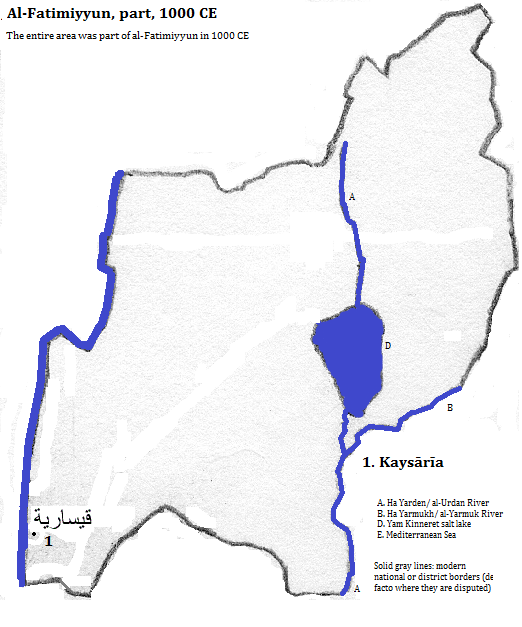
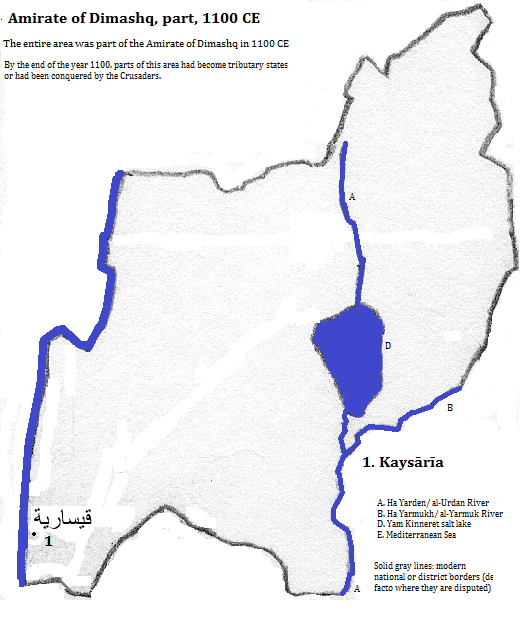
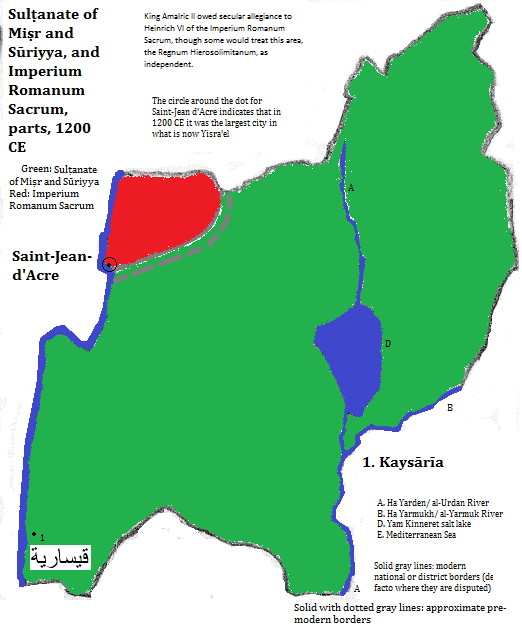
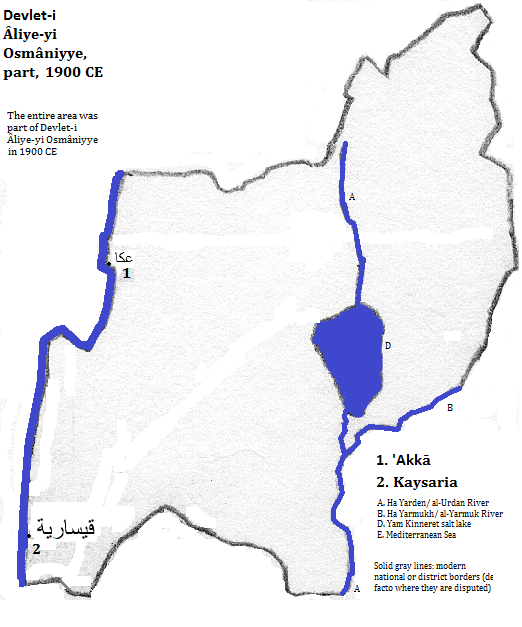
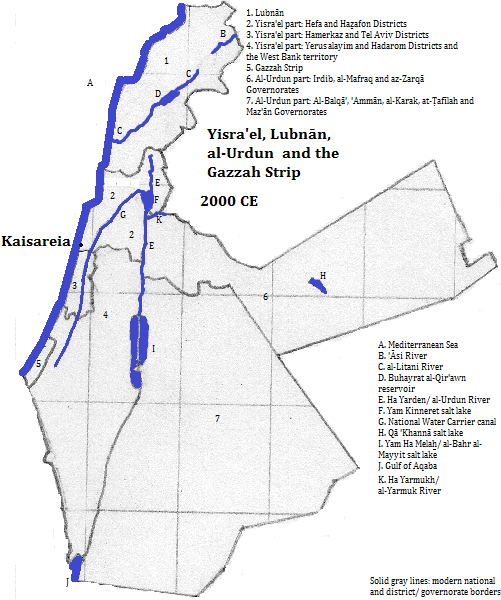
1. Tertius Chandler, Four Thousand Years of Urban Growth, 2nd ed. (The Edwin Mellen Press, 1987), "Tables of World's Largest Cities". It was the largest city in the area that is now ישראל (Yisra'el or Israel), لبنان (Lubnā or Liban or Lebanon), الادنن (al-'Urdunn or Urdun or Jordan) and the Gazzah (Ghazzah or Gaza) Strip in 361 and 622 CE and tied for largest in this area in 500 CE.
2. It was smaller than Nusaybin, which was smaller than Athēnai, which was smaller than Shahr-e-Ray (now part of Tehrān), which was smaller than Suzhou, which was smaller than Kaveripattinam, which was smaller than Avgvsta Trevorvm (Trier), which had a population of 60 thousand. It was larger than Chengdu, which was larger than Wuchang (now part of Wuhan), which was larger than Neyshābūr, which had a population of 50 thousand.
3. According to Chandler, ibid., in 800 CE it was smaller than Gyeongju, which was smaller than Nanjing, which was smaller than Kaifeng, which had 55 thousand residents. It was larger than Kanchipuram, which was larger than Roma, which had 50 thousand residents.
4. According to Chandler, ibid., in 900 CE it was smaller than Nanchang, which was smaller than Thanjavur, which was smaller than Bihar Sharif, which was smaller than Tarsus, which had 48 thousand residents. It was larger than Balasagun, which was larger than Silow, which was larger than Ellora, which had 45 thousand residents.